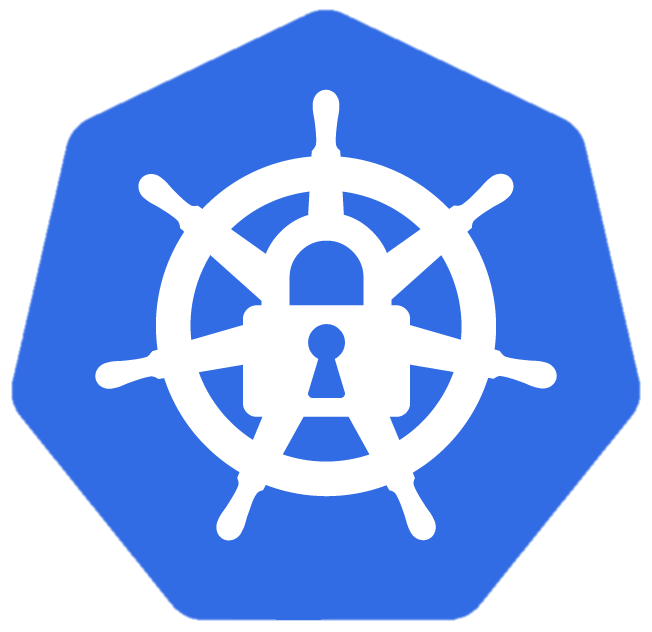
The kubeconfig file, also used by kubectl, contains details about Kubernetes clusters including their location and credentials. If the cluster is hosted as a cloud service (such as AKS or GKE), this file is downloaded to the client via cloud commands (e.g., “az aks get-credential” for AKS or “gcloud container clusters get-credentials” for GKE).
If attackers get access to this file, for instance via a compromised client, they can use it for accessing the clusters.
Get a kubeconfig file from somewhere.
$ cat ~/.kube/config
apiVersion: v1
clusters:
- cluster:
certificate-authority-data: LS0tLS1CRUdJ...VEUtLS0tLQo=
server: https://k8s.example.com:63958
name: my-k8s-cluster
contexts:
- context:
cluster: my-k8s-cluster
user: admin@my-k8s-cluster
name: my-k8s-cluster
current-context: my-k8s-cluster
kind: Config
preferences: {}
users:
- name: admin@my-k8s-cluster
user:
client-certificate-data: LS0tLS1CRUdJ...QVRFLS0tLS0K
client-key-data: LS0tLS1CRUdJ...RVktLS0tLQo=
Use the kubeconfig file (in our case called my-kubeconfig and located in the current directory).
$ kubectl --kubeconfig ./my-kubeconfig get pods -n kube-system
NAME READY STATUS RESTARTS AGE
local-path-provisioner-7b7dc8d6f5-qctrl 1/1 Running 0 7m23s
coredns-b96499967-lgdhf 1/1 Running 0 7m23s
helm-install-traefik-crd-vt9np 0/1 Completed 0 7m23s
helm-install-traefik-hc7vb 0/1 Completed 1 7m23s
svclb-traefik-aa669165-h8v6r 2/2 Running 0 7m5s
metrics-server-668d979685-knbhs 1/1 Running 0 7m23s
traefik-7cd4fcff68-4t49p 1/1 Running 0 7m5s
To avoid the need for --kubeconfig or storing the kubeconfig file in it’s default location (~/.kube/config), we can use the KUBECONFIG environment variable.
$ kubectl get pods -n kube-system
The connection to the server localhost:8080 was refused - did you specify the right host or port?
$ export KUBECONFIG=./my-kubeconfig # ideally use the absolute path instead
$ kubectl get pods -n kube-system
NAME READY STATUS RESTARTS AGE
local-path-provisioner-7b7dc8d6f5-qctrl 1/1 Running 0 7m23s
coredns-b96499967-lgdhf 1/1 Running 0 7m23s
helm-install-traefik-crd-vt9np 0/1 Completed 0 7m23s
helm-install-traefik-hc7vb 0/1 Completed 1 7m23s
svclb-traefik-aa669165-h8v6r 2/2 Running 0 7m5s
metrics-server-668d979685-knbhs 1/1 Running 0 7m23s
traefik-7cd4fcff68-4t49p 1/1 Running 0 7m5s